Far from being a new trend, schools have always been concerned about the mental wellbeing of their students and its impact on academic performance. Recently, however, this movement has gained momentum. Schools are seeing more student aggression and anxiety, leading to more available funding to address students' mental health before anxiety or overwhelm can escalate into a disciplinary issue.
What are Wellness Rooms?
Wellness rooms, or “Zen Dens” as some schools have named them, provide students with a physical space to focus on decompression and develop healthy coping habits. The room is designed with calming colors, LED lighting and furniture. It may contain posters, games and reading material about emotional regulation. Wellness rooms are often staffed by a facilitator who can chat with the students to help them figure out what would best serve them in their current state of mind. Facilitators may lead the student in breathing exercises and help them recognize the issue that brought them to this safe space.
What are the Benefits of a School Wellness Room?
School safe spaces and wellness rooms give students a way to learn self-regulation and coping skills. Recognizing signs of distress before a tantrum or greater harm can occur is a key part of using the wellness room. School staff are trained in recognizing the symptoms of escalating anxiety so that they can refer students to this space.
Schools that have installed wellness rooms have reported some of the following benefits:
- Recognizing student stress and providing a designated space for reflection and relaxation helps foster a more positive and focused learning environment.
- Students who use wellness rooms find they have increased concentration and productivity as they get a reprieve from the educational and social demands of a typical school day.
- Providing a space for emotional self-regulation empowers students to manage big emotions effectively, which promotes a school culture of empathy and understanding.
- Addressing students’ anxiety communicates a commitment to the development of a positive school culture. This in turn is reported to help reduce school absences and suspensions.
What Should a School Wellness Room Include?
Creating an effective wellness room involves thoughtful planning and attention to detail. What you include in a wellness room should reflect the age of your population. There are some things that are ubiquitous - soft lighting, comfortable flexible seating and items with tactile and deep pressure input. The space should be carefully designed to cater to the diverse needs of students and staff.
Wellness Room Essentials
Comfortable and Cozy Seating
Provide comfortable seating options, such as cozy chairs or bean bags, to create a relaxed atmosphere where kids can unwind.
Soft and Soothing Lighting
Opt for soft lighting to create a calming ambiance. Harsh fluorescent lights can contribute to stress and discomfort. There are many soft LED lighting options that can contribute to relaxation. Sound absorbing wall panels, like Felt Right Tiles, can also add to the overall calm atmosphere.
Rest and Relaxation Tools
Deep pressure provides a calming hug-like release of dopamine. Tools such as weighted animals, lap pads and blankets help students decompress. Fidgets provide a distraction from their stress. Squeezing putty or StressLess Fidget Balls are great ways to diffuse the tension in the body.
Meditation and Mindfulness Guides
Equip the room with tools to promote mindfulness, such as posters with encouraging affirmations, reminders to breathe, soothing music, pleasing aromas and guided meditation resources.
Personal and Private Spaces
Ensure the availability of private spaces or dividers for individuals who may need a moment alone to collect their thoughts. Our SensaSoft™ Compression Canoe gives students calming input as well as space for themselves. If possible, allow each student a Break Bag™ with their preferred stress-busters for a more tailored experience.
Resource Corner
Include age appropriate educational materials on mental health, stress management, and self-care to encourage learning and awareness. For a preschooler this might be a set of Emotion Gel Tiles. Middle schoolers may gravitate to books on self-regulation. For a teen, literature in the form of pamphlets and websites might be in order. Start with our Social Emotional Learning Box™ for a variety of tools to help students.
The creation of school wellness rooms is a proactive step toward prioritizing the mental health and well-being of the entire school community. By fostering an environment that values self-regulation and stress reduction, schools can contribute to a positive and supportive culture, which will promote holistic and integrated experience for students and educators alike.
Ready to start designing your own school wellness room? Let’s get in touch!

















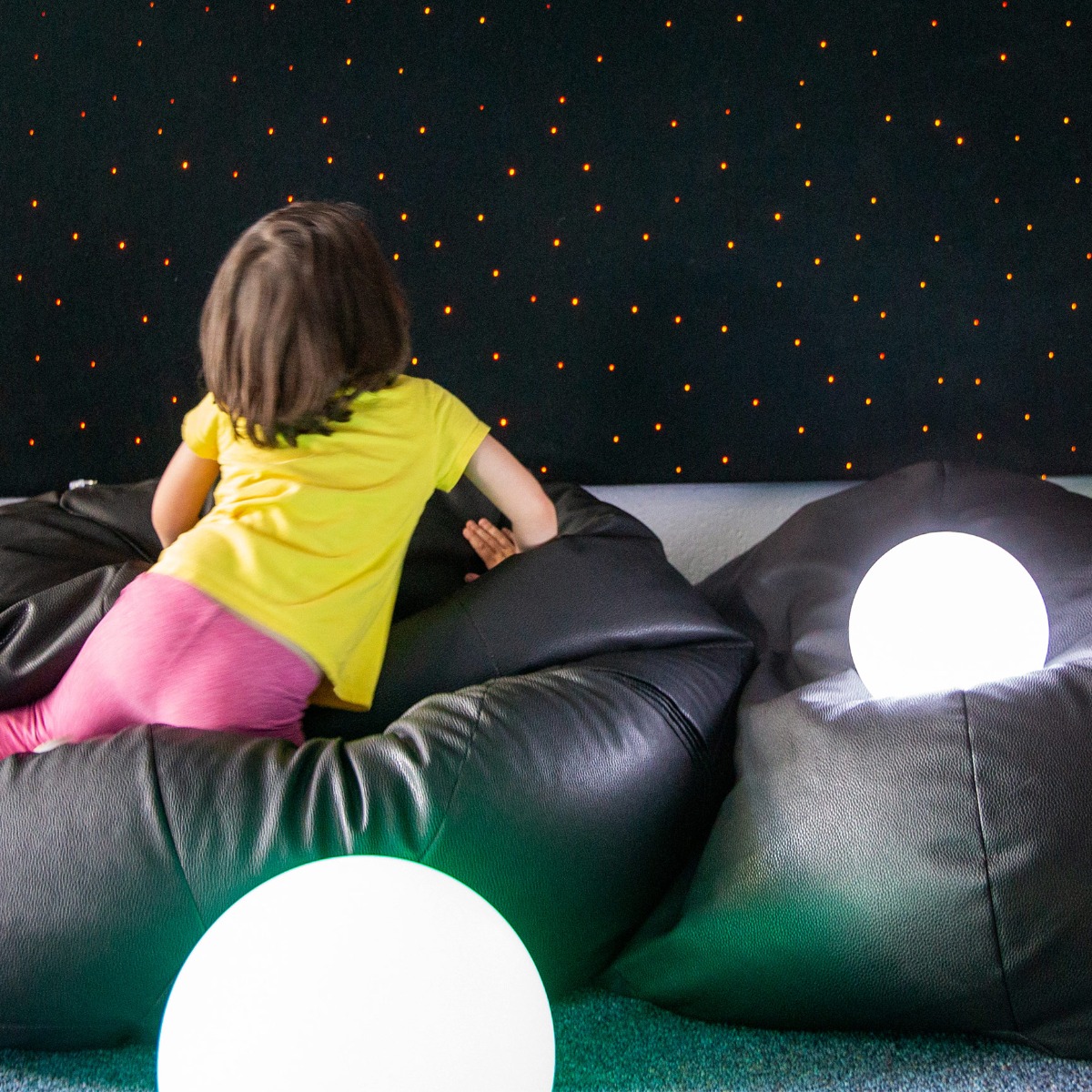
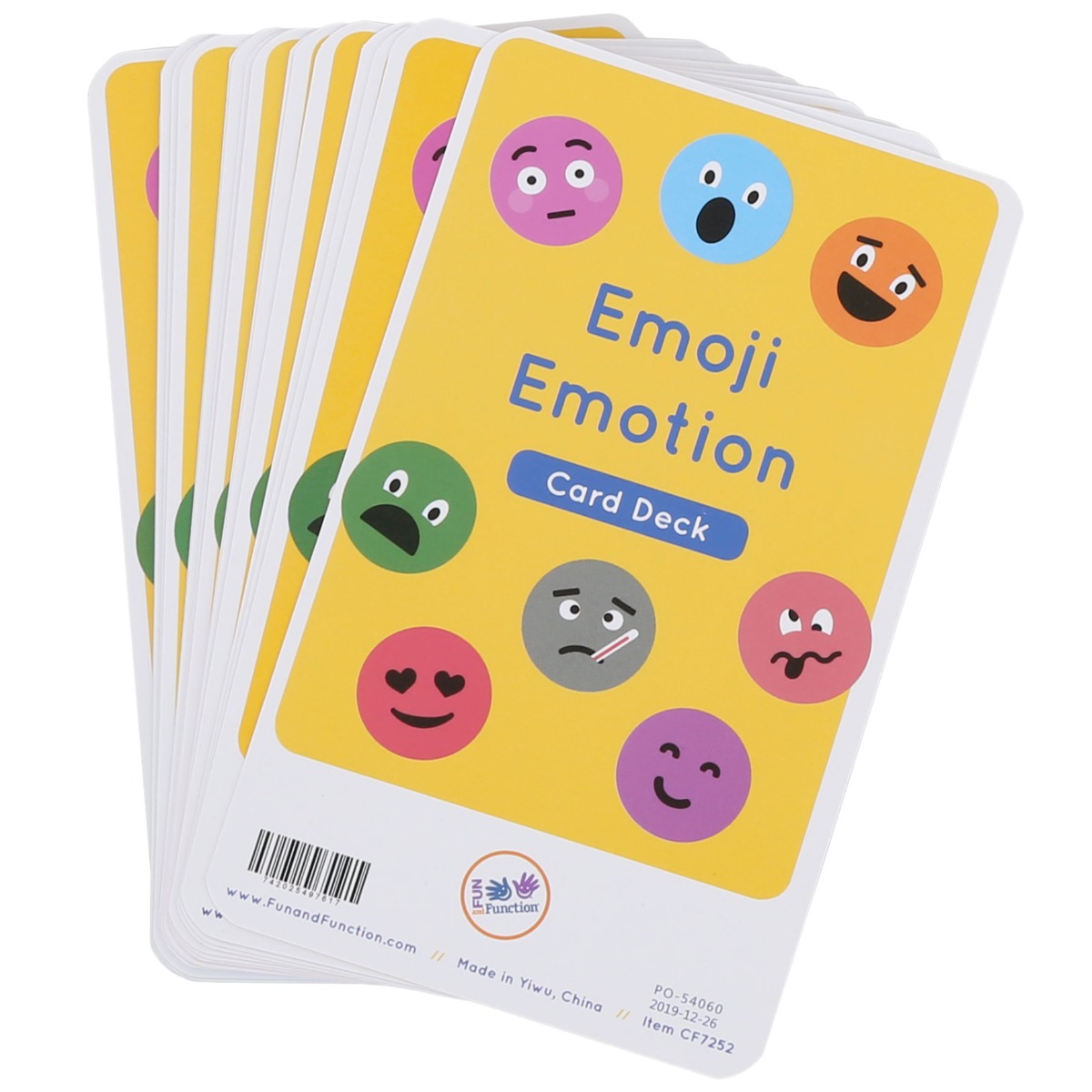
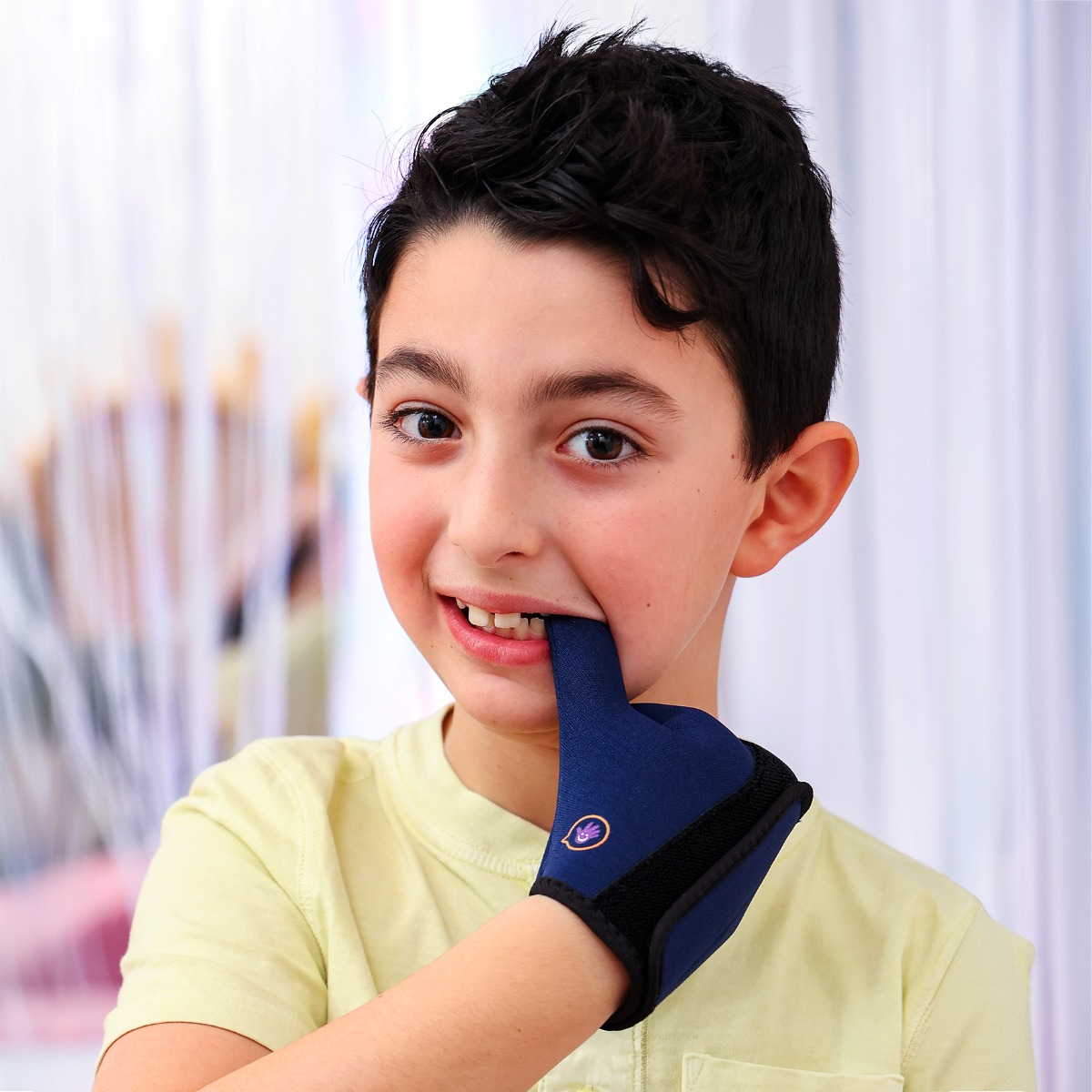
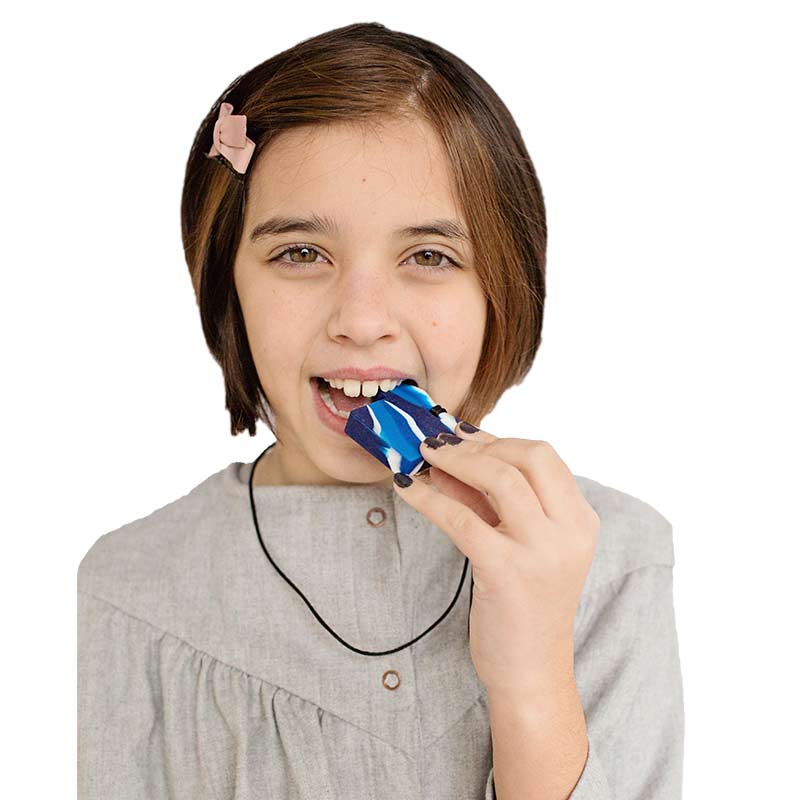
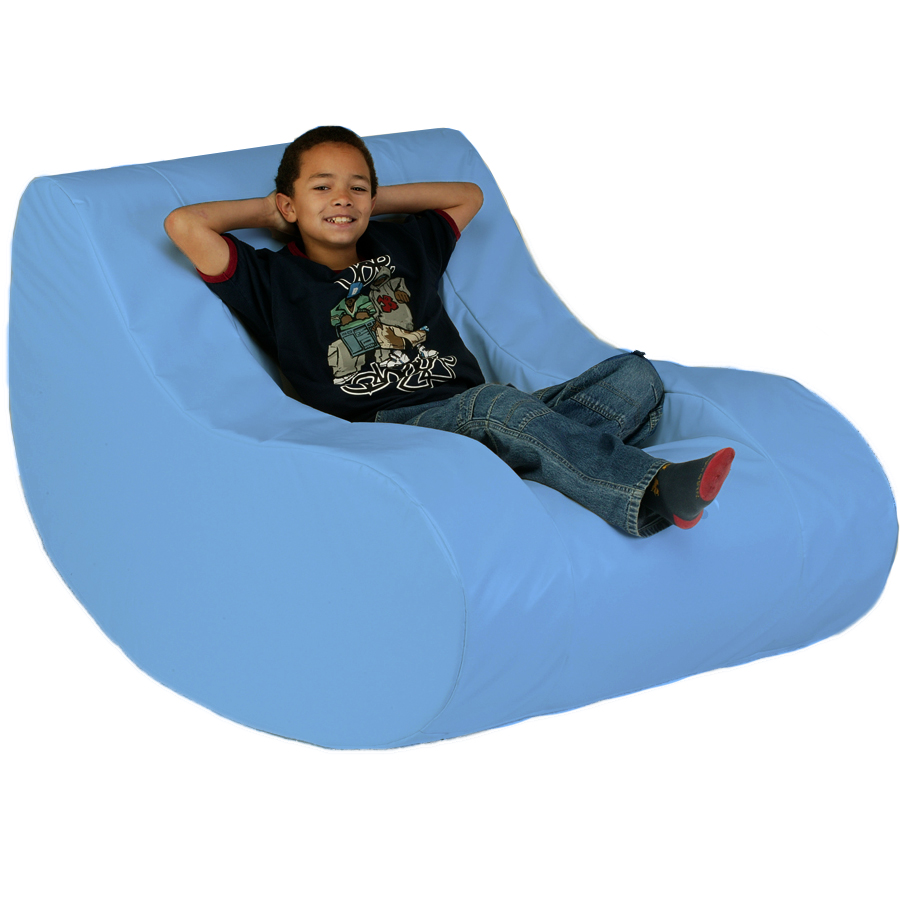


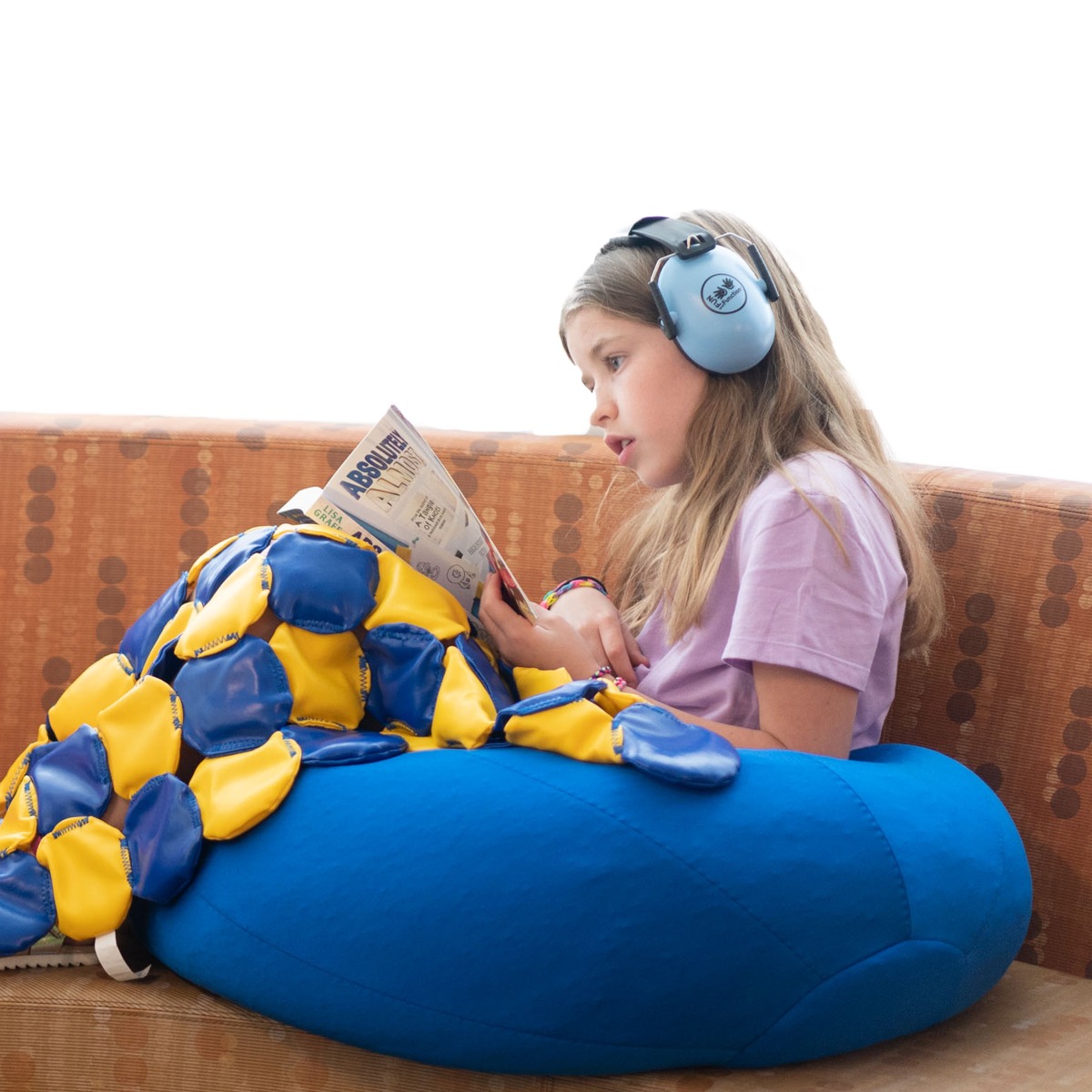



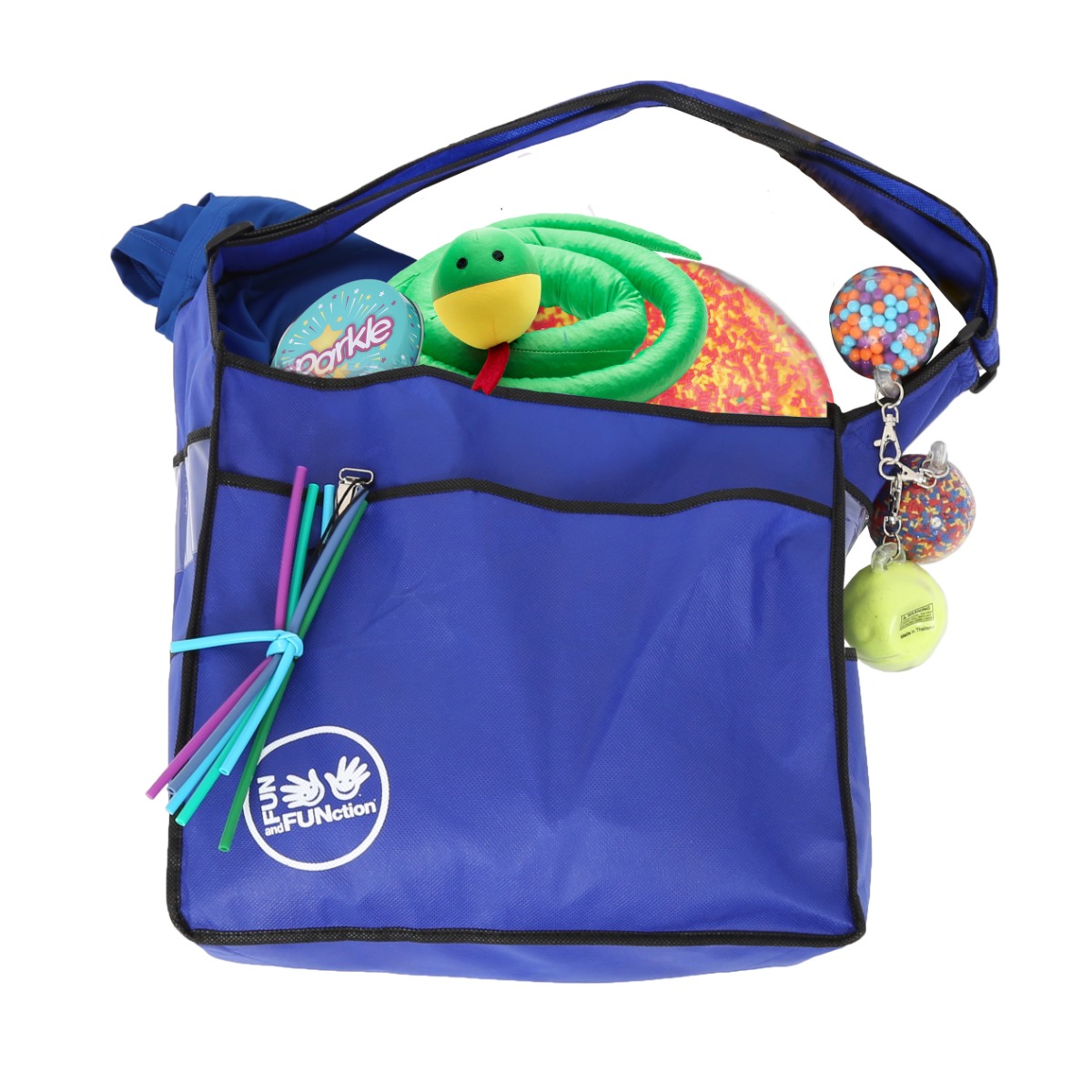
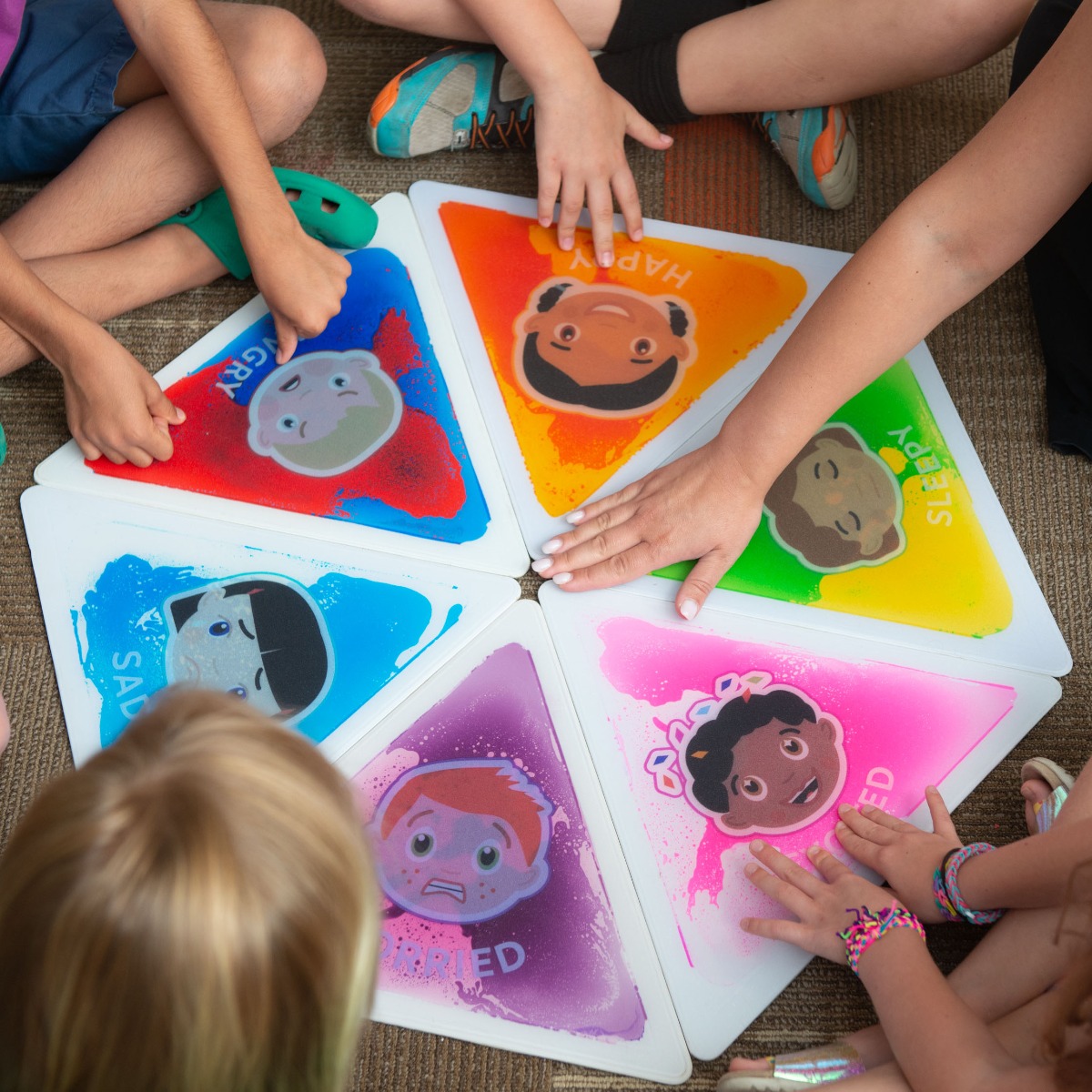
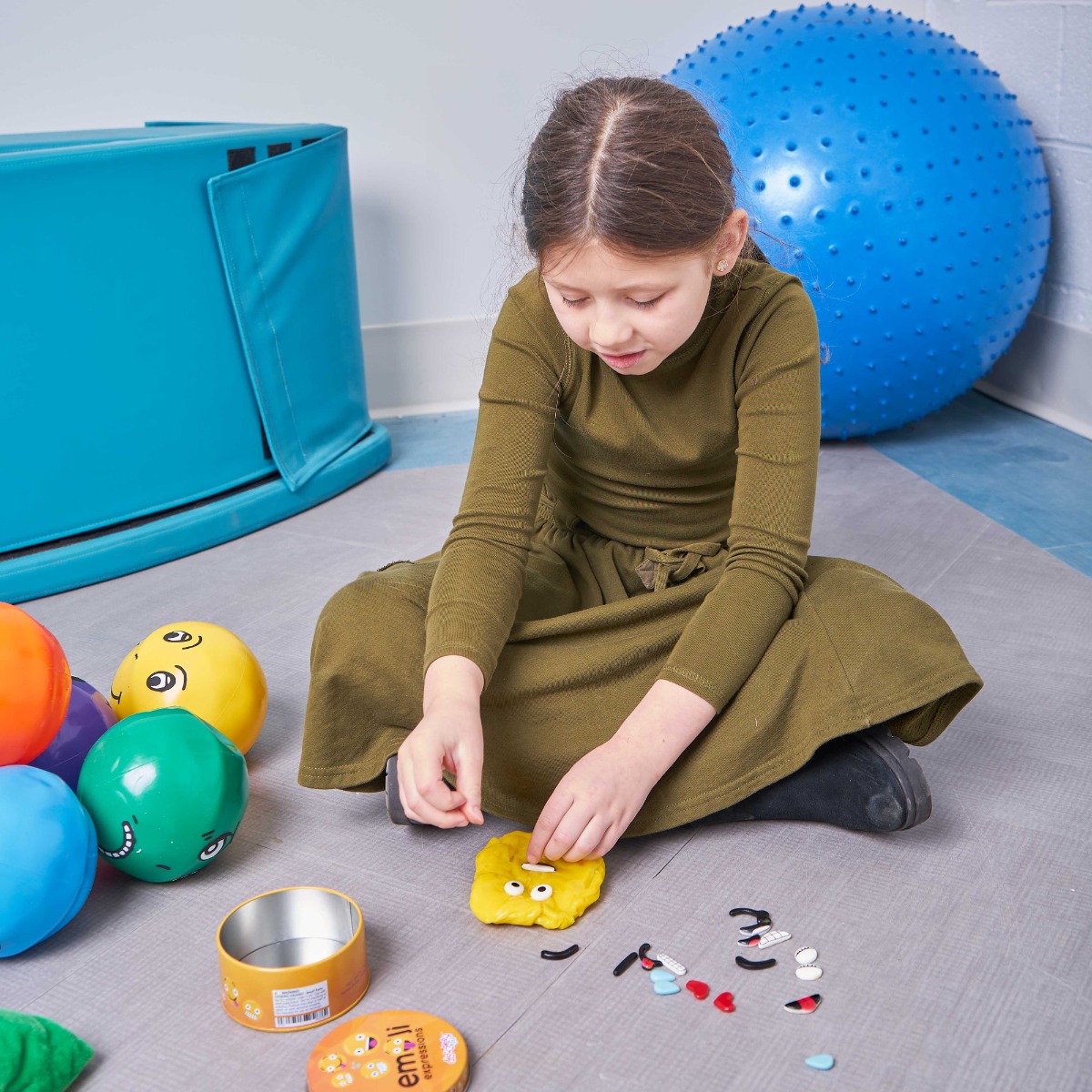





Comments